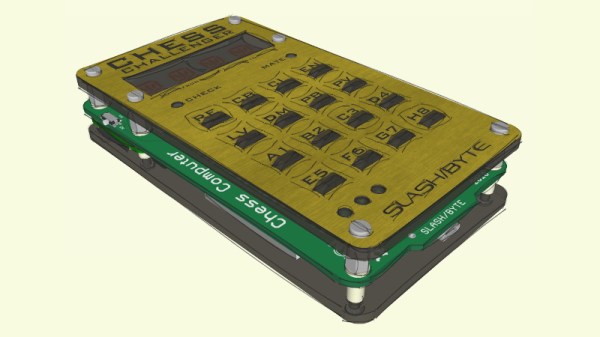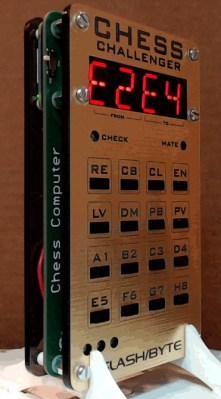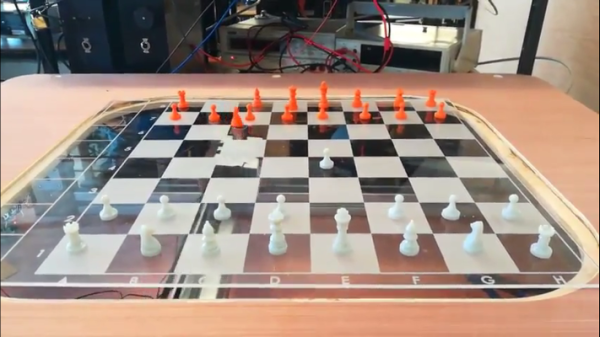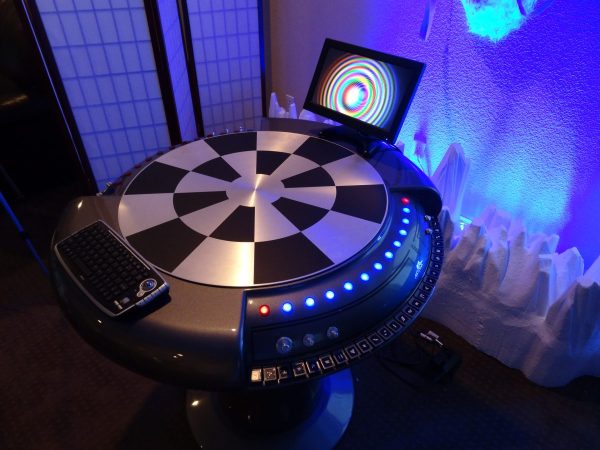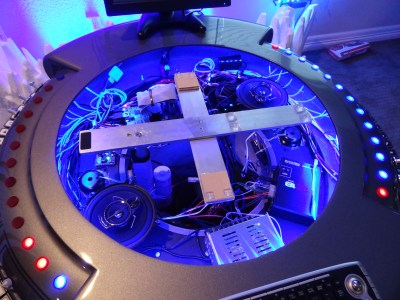Chess is timeless, but automating it? That’s where the real magic begins. Enter [Tamerlan Goglichidze]’s Pi Board, an automated chess system that blends modern tech with age-old strategy. Inspired by Harry Potter’s moving chessboard and the commercial Square Off board, [Tamerlan] re-imagines the concept using a Raspberry Pi, stepper motors, and some clever engineering. It’s not just about moving pieces — it’s about doing so with precision and flair.
At its core, the Pi Board employs an XY stepper motor grid coupled with magnets to glide chess pieces across the board. While electromagnets seemed like a promising start, [Tamerlan] found them impractical due to overheating and polarity-switching issues. Enter servo linear actuators: efficient, precise, and perfect for the job.
But the innovation doesn’t stop there. A custom algorithm maps the 8×8 chess grid, allowing motors to track positions dynamically—no tedious resets required. Knight movements and castling? Handled with creative coding that keeps gameplay seamless. [Tamerlan] explains it all in his sleekly designed build log.
Though it hasn’t been long since we featured a Pi-powered LED chess board, we feel that [Tamerlan]’s build stands out for its ingenuity and optimization. For those still curious, we have a treasure trove of over fifty chess-themed articles from the last decade. So snuggle up during these cold winter months and read up on these evergreens!





